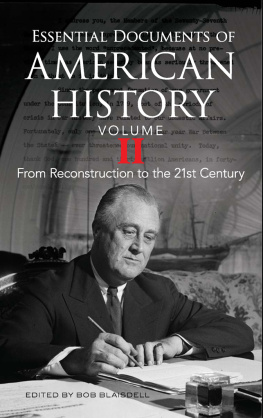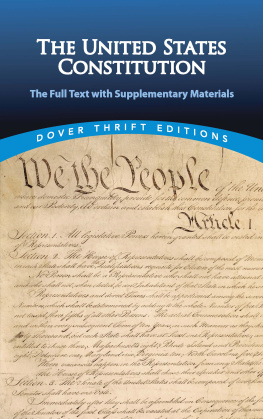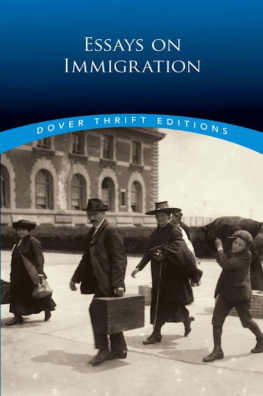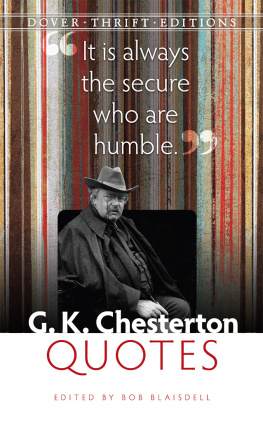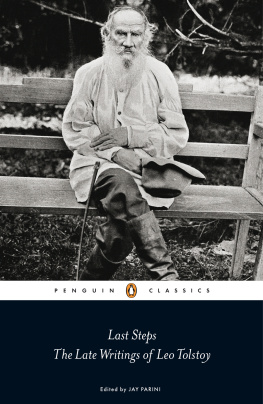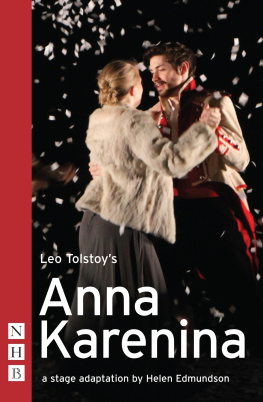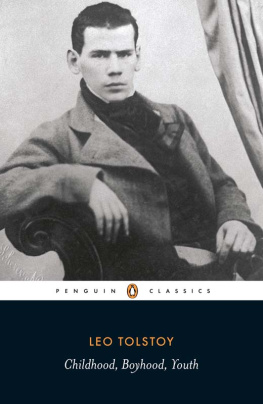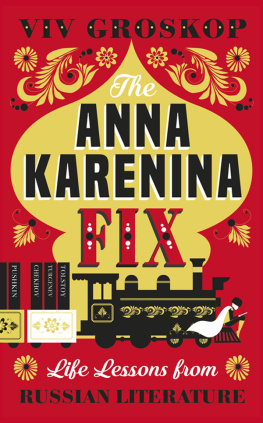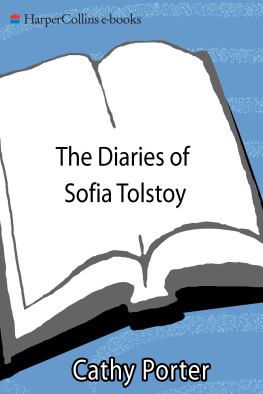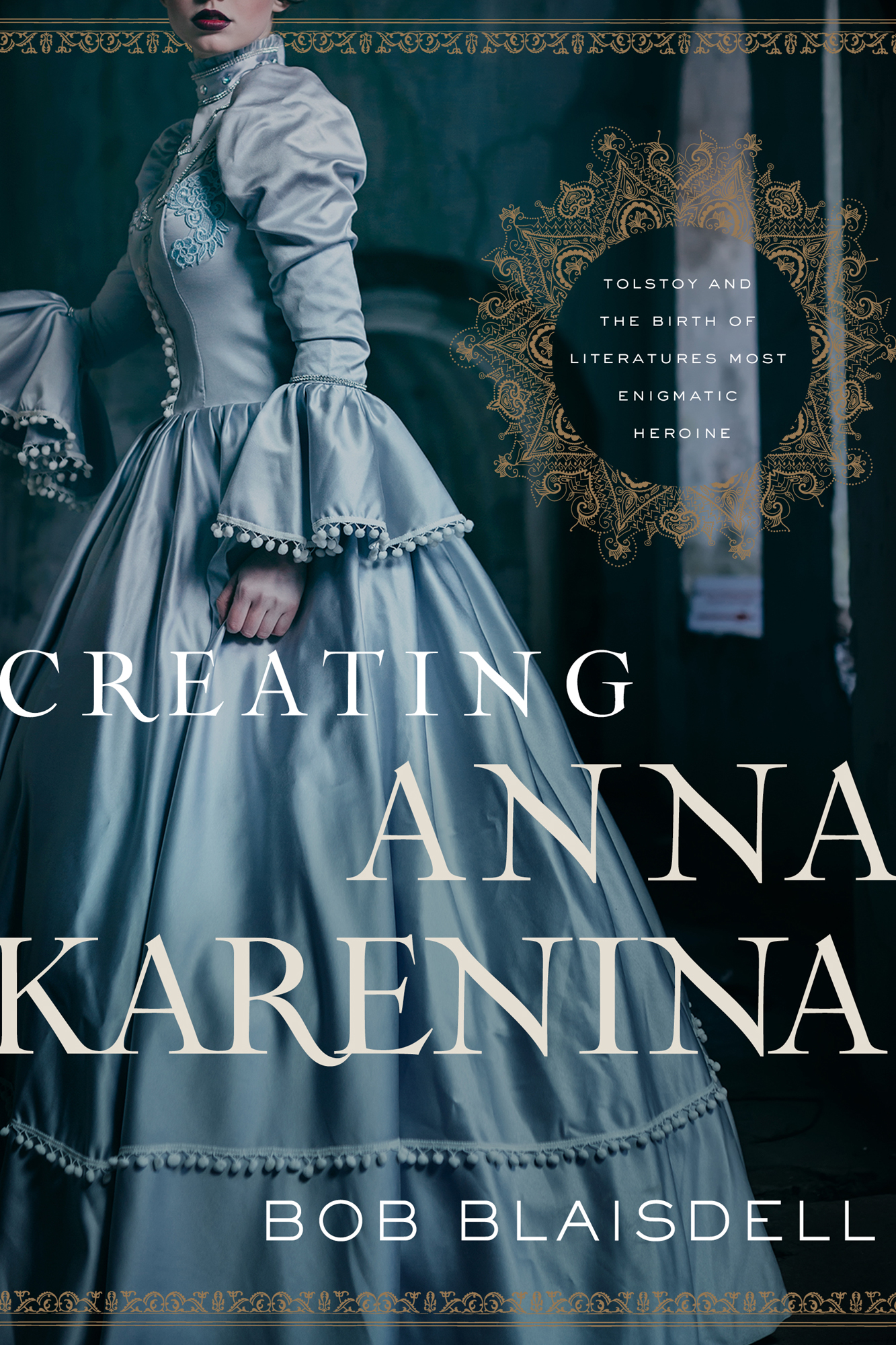Contents
Guide
CREATING ANNA KARENINA
Pegasus Books Ltd.
148 W. 37th Street, 13th Floor
New York, NY 10018
Copyright 2020 by Bob Blaisdell
Foreword copyright 2020 by Boris Dralyuk
First Pegasus Books edition August 2020
Interior design by Maria Fernandez
Front cover images Shutterstock
Jacket design Studio Gearbox
All rights reserved. No part of this book may be reproduced in whole or in part without written permission from the publisher, except by reviewers who may quote brief excerpts in connection with a review in a newspaper, magazine, or electronic publication; nor may any part of this book be reproduced, stored in a retrieval system, or transmitted in any form or by any means electronic, mechanical, photocopying, recording, or other, without written permission from the publisher.
Library of Congress Cataloging-in-Publication Data is available.
ISBN: 978-1-64313-462-8
Ebook ISBN: 978-1-64313-463-5
Distributed by Simon & Schuster
www.pegasusbooks.us
To Kia Penso and Max Schott
Foreword
by Boris Dralyuk

I t may at first seem somewhat paradoxical that Viktor Shklovsky, who as a youthful firebrand of formalist criticism in the 1910s and 20s railed against the naively biographical approach to the study of literature, went on to write a substantial, perceptive biography of Leo Tolstoy in 1963. In truth it is no paradox: its a concession to reality, which Shklovsky never really denied. Once they are written, literary works may enjoy a high degree of autonomystanding outside of and, ideally, outlasting their creatorsbut they are, nevertheless, the works of human beings, produced in a given place at a given time and pervaded by an infinite number of outside influences. It may be useful, when analyzing literary devices or structures, to declare the author dead and buried, but a fuller understanding of any workand especially of its creationrequires the resurrection of its creator and his milieu.
In Creating Anna Karenina, Bob Blaisdell manages to do precisely that, painstakingly reconstructing the artistic laboratory in which this great novel was conceived, and, more impressively still, bringing to life Tolstoy himself. Drawing on letters and memoirs, on drafts and proofs, Blaisdell doesnt merely piece together a history, he places us inside the authors process, with its fits and starts, its bursts of inspiration and stretches of frustration. The result an intimate portrait and a journey of discovery. This sense of intimacy, this thrill of discovery set Blaisdells surprisingly gripping book apart from the ever-growing pack of monographs on Tolstoys masterpiece.
For readers of Anna Karenina who have never read a scholarly work about it, Blaisdell offers plenty of critical insight. Refreshingly, the insight is all his own. He has clearly read and absorbed tomes upon tomes of scholarship, but even when he might agree with one thinker or another, his judgment is rendered directly, without appeals to authority, in lively sentences that drive the point homefor example:
One trouble with Tolstoys essays and discourses is that in the midst of them Tolstoy seems to think theyre more important, more true than his art. Theyre consistent but rigged, as they argue but they dont discover. Expository prose brought out Tolstoys tendency of emphatically agreeing with himself. In his artistic productions, on the other hand, his sympathy and engagement with the imagined people and situations couldnt be settled as an argument could; writing fiction induced his deepest attention and feeling.
The opinion isnt new, but it is has seldom been expressed more engagingly, with such a winning combination of discernment and sympathy. This, too, is expository prose, but as in the best examples of the genre (certainly not Tolstoys), the reader feels the authors mind move across the page, making discoveries as it goes.
From the very beginning, Blaisdell makes no bones about his devotion to Anna Kareninahis book of booksor about his deep admiration for its author, which borders on awe. But he is not in the least deluded about the messy, drawn-out act of composition, which doubles and redoubles on itself, or about the imperfect humanity of Tolstoy. Indeed, he is aware that the flaws are what fire the work. Had Tolstoys argument with himself been settled before he started, had his opinions been fixed, the fiction would have lain flatif it ever emerged at all. As Tolstoy himself knew, creation requires the energy of delusion.
Readers less learned than Shklovsky may have intuited this much, but, until now, no one had undertaken to trace the years-long trials, experiments, and investigations that brought a different person, an Anna Karenina unlike the one Tolstoy had first envisioned, into existence. The central mystery of Creating Anna Karenina is indeed the emergence of that person, and its central revelation is the complex relationship between her and her adoptive father. As Blaisdell puts it, with customary vigor: Anna was the character Tolstoy kept discovering, the one whose fate made him anxious and unhappy, the one whose momentum toward suicide gave her author terrifying visions of his own impulses.
Over the last half decade, I have had the pleasure of editing Bobs work for the Los Angeles Review of Books. He has become one of our go-to contributors, weighing in on everything from Ulysses S. Grant to Karl Ove Knausgaard, but we have particularly come to value his takes on the Russian mastersand especially on Tolstoy. In 2018, praising Viv Groskops The Anna Karenina Fix: Life Lessons from Russian Literature, Blaisdell limned the traits of that volumes ideal reader: you would have to have the confidence to know what you like, and to believe that books are like life, meant to be talked about, and that the lives of authors who have written world classics are inherently fascinating. The same holds, of course, for the ideal reader of this book. And it is unquestionably true of the creator of Creating Anna Karenina, to whom all such readers owe a debt.
For a clear rejection of the purely biographical approach, see, for instance, Shklovskys Letter to Tynyanov in Third Factory, introduced and translated by Richard Sheldon (Champaign, IL: Dalkey Archive Press, 2002), p. 61: One must write not about Tolstoy, but about War and Peace. The 1963 biography was translated into English by Olga Shartse and published by Progress Publishers in Moscow in 1978.
Letter to N. N. Strakhov, April 8, 1878, PSS 62: 410-412.
Viktor Shklovsky, The Energy of Delusion: A Book on Plot, intro. and trans. by Shushan Avagyan (Champaign, IL: Dalkey Archive Press, 2007), p. 37.
Bob Blaisdell, Tolstoy Untangled: On Donna Tussing Orwins Simply Tolstoy, Los Angeles Review of Books, December 25, 2018, https://lareviewofbooks.org/article /tolstoy-untangled-on-donna-orwins-simply-tolstoy/.
A Note on the Spellings of Russian Names

L et me offer a word about the various spellings from the English-language sources I have quoted. Transliterating Russian into English has evolved in the 134 years since Anna Karenina was first translated into English. The name Tolstoy sometimes used to appear as Tolstoi. The Cyrillic


